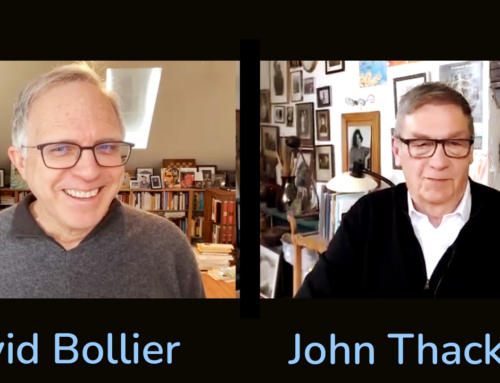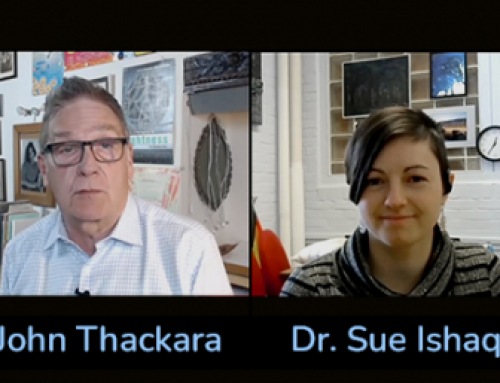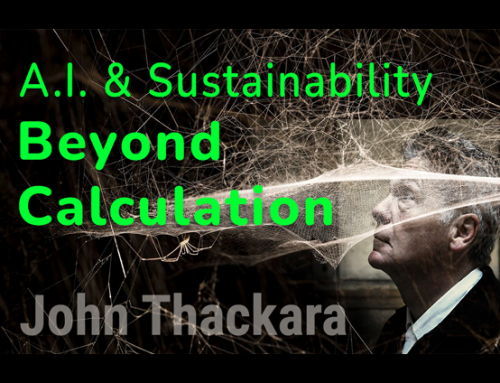“These are my principles. If you don’t like them, I have others”. Groucho Marx could have been talking about environmental standards. Visit any supermarket and you’ll encounter hundreds of labels and displays making claims about the environmental attributes of different products. Organic, Fairtrade, FSC Certified, “sustainable”.
This blizzard of assertions is confusing – in some cases, one suspects, intentionally so. It’s tough for consumers to know who’s telling the truth and who’s greenwashing. At the UN Climate Change Conference in Bali, 85 per cent of respondents agreed that “some companies are advertising products and services with environmental claims that could be considered false, unsubstantiated or unethical”. Greenwashing Index allows users to post, rate and comment on “green” advertisements.
Sites like Greenwashing can help police the worst excesses, but how otherwise are we are to decide which issues are most important, and which labels we are supposed to trust? Similar questions confront those companies – a growing number – that genuinely wish to communicate the environmental attributes of their products and services transparently. All UK registered companies will have to disclose their greenhouse gas emissions publicly under legislation passed by the House of Lords as part of the Climate Change Bill. Campaigners for the introduction of such measures believe it will make them more accountable to consumers and investors, and drive emission reductions.
What issues should they highlight? How can they best communicate with citizens?
Forum for the Future and Business for Social Responsibility address these questions in a report called Eco-promising. Ryan Schuchard, BSR’s partner in the project, concludes that consumer-facing labels are just one aspect of this complex story. “Doing this is challenging, because environmental standards are emergent, and companies often lack meaningful supply chain data. Leaders are investing in better information systems internally and among their peers and suppliers.”
Companies have several schemes to help them.The Greenhouse Gas Protocol (GHG Protocol), for example, is the most widely used international accounting tool for government and business leaders to understand and manage greenhouse gas emissions. The GHG Protocol, a decade-long partnership between the World Resources Institute and the World Business Council for Sustainable Development, is working with businesses, governments, and environmental groups around the world to build a new generation of credible and effective programs for tackling climate change.
In a similar space, the Carbon Disclosure Project (CDP), started by Paul Dickinson eight years ago, gets companies to act by working with institutional investors; CDP’s connections have combined assets of over $57 trillion under management. On their behalf, CDP seeks information from3,000 of the world’s largest companies on the business risks and opportunities presented by climate change and greenhouse gas emissions.CDP says it has become “the gold standard for carbon disclosure methodology and process”, and that its website is “the largest repository of corporate greenhouse gas emissions data in the world
Then there’s the Global Reporting Initiative (GRI). This large multi-stakeholder network boasts thousands of experts in dozens of countries. GRI has pioneered the development of “the world’s most widely-used sustainability reporting framework” which is used “to benchmark organizational performance with respect to laws, norms, codes, performance standards and voluntary initiatives; demonstrate organizational commitment to sustainable development; and compare organizational performance over time”.
Another specification for the assessment of lifecycle greenhouse gas emissions in products and services is being developed by the British Standards Institution (BSI), at the request of the Carbon Trust and Defra, sponsors of the UK-based project. The result will be a Publicly Available Specification (PAS 2050) to improve measurement and communication of the GHG performance of products and services. A Product-related Emissions Reduction Framework (a PERF) is also being developed by the Carbon Trust, this time with the help of consultants Arup, OneWorldStandards, the Pacific Institute and E4Tech.
Some global companies are also beginning to measure the value of ecosystems they rely on. For example, the drinks industry depends on ecosystems to supply fresh water; agribusiness relies on grasslands for insect pollinators, nutrient cycling, and erosion control; and the insurance industry benefits from the fact that coastal marshes reduce the damage caused by hurricanes and that wetlands absorb water from floods. A host of other industries rely on forests for benefits ranging from wood to genetic resources, carbon sequestration, and tourism. Based on the Millennium Ecosystem Assessment, World Resources Institute has developed the Corporate Ecosystem Services Review to help managers take more explicit account of their company’s dependence and impact on ecosystems.
Given this plethora of similar-sounding initiatives, I was surprised to discover that there already exists an international standard on environmental reporting.This gives guidance to an organization on “general principles, policy, strategy and activities relating to both internal and external environmental communication”. It is applicable to all organizations regardless of their size, type, location, structure, activities, products and services, and whether or not they have an environmental management system in place.
We need standards to ensure that companies measure what matters – and that they do so within frameworks that enable independent monitoring and comparison against meaningful targets. But there’s a real danger right now that, if we end up with too many standards, they’ll cancel each other out.
Is there a role for design in tackling this conundrum?
It is not for designers alone to decide what gets measured, and against what targets. But if global environmental standards are indeed ‘emergent’, then designers should make themselves part of a broad discussion about the kind of standards we end up with. Stated more bluntly: let’s hear no more designers complain that “we only design with the information we are given.”
When it comes to displaying information in clear and meaningful ways, designers have a huge role to play – not just in the specialized domain of information systems design but also, more broadly, in shaping the contexts in which information is presented and used.
Crucially, designers can also help deploy peer-to-peer ratings and review systems to counter-act the disingenuous greenwashing which is not about to disappear.




